Not only the number of cars increases on our roads, but to the great joy of motorists, the number of materials for the car, which are created by scientists on nanotechnology and these materials have unique properties. One of these materials is liquid noise insulation.
Content
Liquid noise insulation - where is applied?
As the car noise insulation is needed to reduce the penetration of noise effects inside the car, but besides this, noise insulation is capable of protecting the car body from external damage and chipping and prevents metal corrosion.
Wide-known sheet noise insulation protects the car body and reduces noise.
But the disadvantage of sheet insulation is an increase in the weight of the machine, reduce maneuverability, reduce speed and increase fuel consumption.
Judge for yourself - the use of traditional material for noise insulation is capable of increasing the weight of the car by 150 kilograms.
Naturally, the view of the motorist immediately appealed to liquid noise insulation.
The practice of use showed that liquid noise insulation has not enough positive properties and including:
- after applying liquid noise insulation, the weight of the car will increase by no more than 25 kg;
- liquid noise insulation in its composition does not have harmful chemicals;
- the new insulation material is easily applied using spraying;
- modern material for noise insulation has good adhesion with any materials;
- liquid noise insulation is recommended to use both outside, for noise insulation of the bottom of the car and wheeled arches, and inside the cabin;
- the dignity of liquid noise insulation or liquid rubber includes not only high absorption of noise and vibration, but also the ease of application into hard-to-reach places, since liquid rubber is applied by spraying;
- since the liquid rubber "was born" in Sweden, it is able to preserve its high qualities with sharp drops of temperature, specifically from -50 * from to + 50 * s.
Motorists who have experienced liquid rubber in practice came to the conclusion that the liquid rubber is very good for applying to the fenders, wheel arches, the bottom of the car and the trunk.

Professionals give advice to use liquid rubber in combination with vibroplast - such a combination gives the best effect.
You can attribute complete inertness of the coating, such noise insulation does not react in winter with salt, which is poured on the road.
The use of liquid rubber increases the service life of the body, as the anti-corrosion properties of the metal are improved.
Firms - manufacturers of liquid rubber
In the automotive market, at present, you can purchase liquid rubber of the following manufacturers:
- NOXUDOL 3100;
- Dinitrol 479,
- Noise Liquidator.
The first and second manufacturers created noise insulation in the form of one-component compositions - they can be directly applied to a pre-prepared surface.
The third brand Born in Russia and has a two-component composition, the maker includes mastic and hardener.
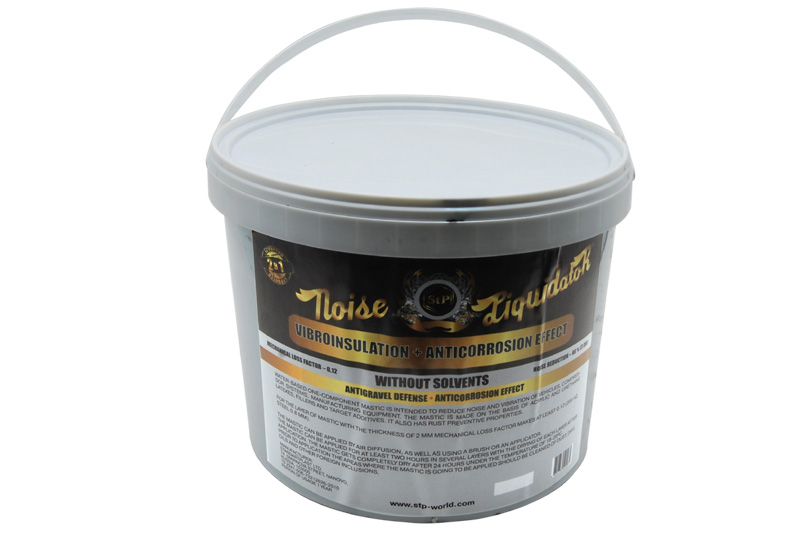
Before applied to the treated surface, mastic and hardener must be mixed in the desired proportion.
The proportion of all the above compositions of the same ( 4kg / m2.), noise absorption level - 40%.
Liquid noise insulation or liquid rubber NOXUDOL 3100
This is a well-known Swedish brand.
This noise insulation is perfectly withstanding its properties when the temperature drops from -50 * from to + 50 * s.
Liquid rubber can be packaged in large buckets and achieve weight up to 20 kg. And in small cartridges with a volume of 1 liter.
Accordingly, the liquid rubber in buckets is applied with a brush.
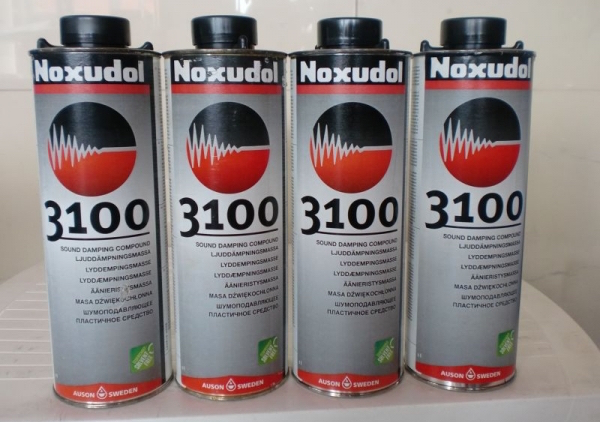
In liter cylinders, liquid rubber is applied using spraying. NOXUDOL 3100 must be applied to well-prepared, purified from pollution and a non-fat surface.
For noise absorption, the composition is applied to the bottom of the car, on the wheeled arches, the liners are covered, the inner walls of the trunk.
The composition is capable of spreading through the surface of the material, the frozen is formed by a thin rubber film, which has a high degree of noise absorption. Noise insulation is applied with two layers.
The second layer can be applied only after the polymerization of the first layer occurs.
Liquid noise insulation DINITROL 479
This liquid rubber is also an effective means in the fight against noise.
Basically cover the bottom and wheeled arches, while the noise is reduced by 40%.
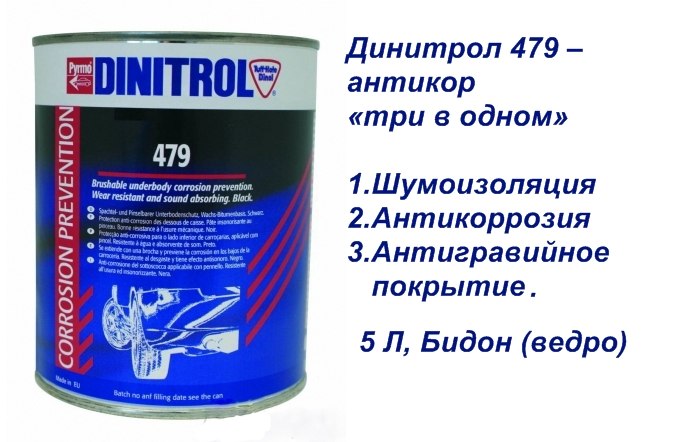
The reduction of noise for the driver is especially noticeable in the winter when the machine is shoved in the studded rubber and goes along naked asphalt.
Noise insulation is applied in two layers, on a pre-processed, purified and degreased surface.
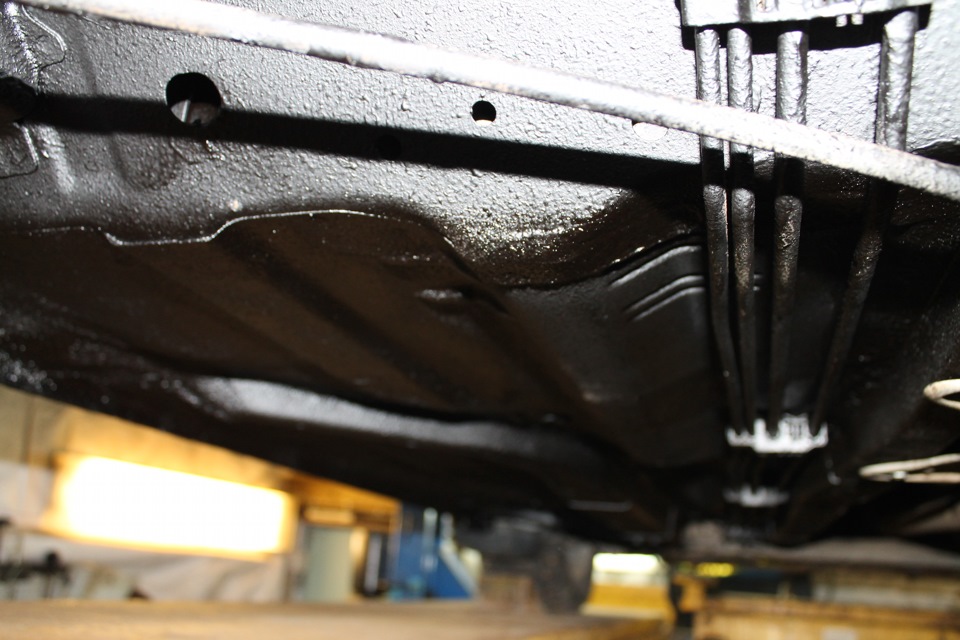
For 10-12 hours, the composition is full of polymerization, it is capable of carrying the temperature drop from -50 * from to + 50 * C, it can serve up to three years.
Liquid rubber Noise Liquidator
Two-component mastic was widely popular, as it has established itself not only with excellent noise insulation, but also anti-corrosion protection.
Mastic has a thick consistency, is applied with a special spatula on a pre-skimmed and purified surface.
Apply to the bottom of the car, the floor and the fenders.
Can be completely dry in two hours.
The coating has increased rigidity, good waterproof, has high anti-growing and anti-corrosion properties, capable of absorbing noises and vibrations.
Related Materials
- Stove 2110, bad warm stove 2110, VAZ 2110 heating system, repairing the heating system VAZ 2110 with their own hands
- VAZ 2114 stove blows with cold air, stove 2114, bad warm stove VAZ 2114, device and repair of heating VAZ 2114 do-it-yourself, removing the stove VAZ 2114
- How to subdominize the car. How to put a jack. Types of jacks for cars.
- VAZ 2109 Fuse Block, VAZ 2109 Fuse Block Carburetor, VAZ 2109 Fuse Block Injector, Old VAZ 2109 Fuse Block, VAZ 2109 Fuse Block, VAZ Fuse Block 2109
- Car exhaust gas catalyst, faulty catalyst, pluses and cons of the catalyst, how to change the catalyst on the planeencitel
- Stove blowing cold air VAZ 2114, badly blowing the stove VAZ 2114, why badly blowing the stove VAZ 2114
- How to find out the owner of the car by the number of his car, check the car by the number of the traffic police machine, check the car by the state number of the car for free
- How to choose Used tires, Useful Tips
- Winter car road, pressure in passenger car tires in winter, good battery for the car in winter, whether to warm the car in winter
- In winter, the car is poorly started. How to make a car in winter, do you need to warm up the car in winter, useful tips
- Economy fuel consumption machines, the most economical car consumption
- Tires brands for passenger cars, labeling of car tire labeling, residual passenger car tire protector, how to pick a tire on a car brand, car tire tread pattern
- Working transmission operation, mechanical gearbox clutch work, driving with manual gearbox, useful tips
- Rear beam Peugeot 206 sedan, rear beam device Peugeot 206. Rear beam Peugeot 206 Malfunction, repair of the rear beam Peugeot 206
- Diesel fuel in winter, additive for diesel fuel in winter, how to choose the best diesel fuel
- Diesel winter does not start. How to start diesel in winter, heating diesel in winter.
- Japanese bridgestone tires, winter studded bridgestone tires, bridgestone tires brand
- Tire marking decoding for passenger cars, labeling wheels, how to choose the right tires on the disks
- Diesel engine in winter, launch of the diesel engine in winter, what oil to fill in a diesel engine in winter, useful tips
- LED backlight of the car, the backlight of the bottom of the car, the backlight of the legs in the car, the backlight in the door of the car, the backlight of the car is fine
- Recovered tires, bus tire, restored tire protector, can I use them
- Choose winter tires, which is a winter tires, which pressure in winter tires should be marked with winter tires, how to choose the right winter tires, the best winter tires 2019
- Steering rail rail, knock of steering rack, reasons for the knock and repair of the steering rack do it yourself
- Cameless car tires, a set for repair of tubeless tires, repair of the cannon-free tire do it yourself
- Russian tires, Russian tires Winter, Russian All-season tires, Voronezh AMTEL tires, Tires "Matador Omsk Tire", Kama-tires are world-class bus
- How to open a car without a key. Lost the key from the car what to do, the key from the car inside the car
- Silent tires, quiet winter tires, quiet studded bus, which tires to choose, overview tires
- Tires and safety, safety of the bus, why it is necessary to constantly monitor car tires
- Rules of safe driving of the car in the rain and slush, safe driving of the car for beginners
- Rust converter which is better for cars, rust converters to choose how to use rust transducer, professionals
- Polishing the body of the car do it yourself, how to choose a polishing paste, useful tips
- Engine durability, engine life, how to extend engine life
- Knock in the car. Knock when moving the car. What can knock in the car. How to determine the cause of the knock.
- ABS car, what is ABS car, ABS system malfunction, ABS diagnostics
- Overtaking a car when you can start overtaking a car, rules of traffic rules
- Fuel pump VAZ 2110, VAZ 2110 gas station scheme, VAZ 2110 fuel pump device, VAZ 2110 gas station repair,
- Automotive antennas for radio, automotive antenna device, car antenna do it yourself
- Front suspension Kalina, device front suspension Kalina, knock in front suspension Kalina, repair of front suspension Kalina
- Shock absorber Oil, best oil shock absorbers, pumping oil shock absorbers, how to properly pump oil shock absorber
- Clutch malfunctions, touches clutch, causes a clutch malfunction, how to eliminate
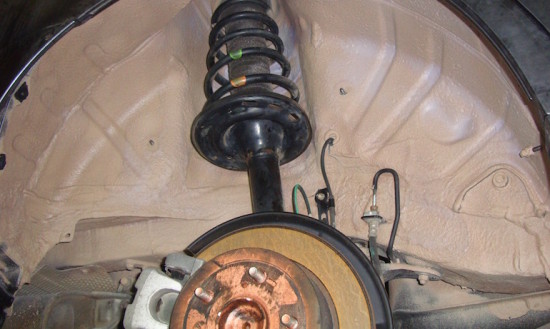






Comments